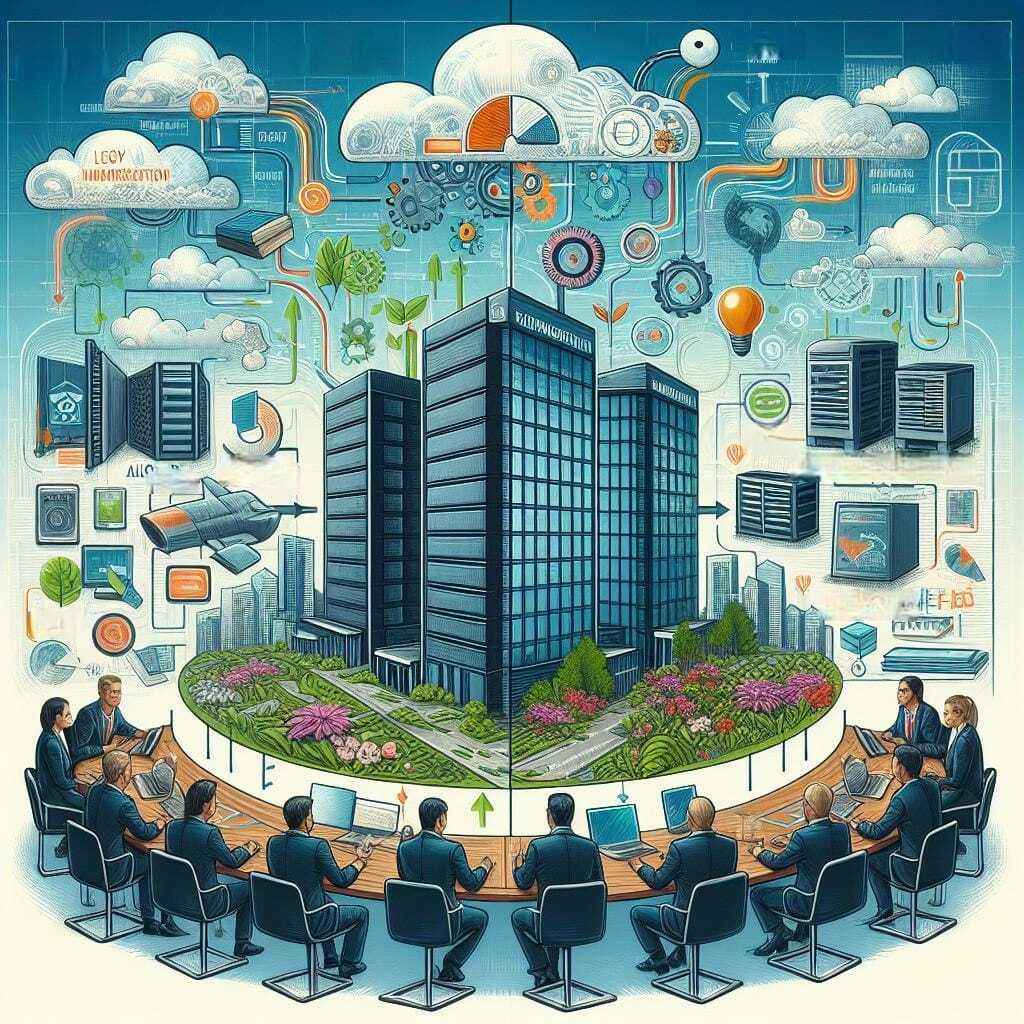Legacy systems, with their outdated technologies and rigid architectures, can be a significant hindrance to an organization's ability to innovate, scale, and compete in the modern business world. The decision to modernize your tech stack is a crucial one, but the path to success is often fraught with complexities and challenges. In this article, we'll delve into proven strategies for effectively navigating the modernization process and transforming your legacy systems into a competitive advantage.
Building a Strong Business Case
One of the first steps in modernizing your tech stack is to build a compelling business case. This involves clearly articulating the benefits of modernization, such as increased efficiency, reduced costs, and improved customer experiences. It's essential to engage key stakeholders from both the technology and business sides of your organization to ensure alignment and buy-in. To build a strong business case:
- Identify the pain points and limitations of your current legacy systems
- Quantify the potential benefits of modernization in terms of cost savings, revenue growth, and operational efficiency
- Present a clear roadmap outlining the phases and milestones of the modernization process
- Address potential risks and challenges, and propose mitigation strategies

Fostering Communication and Alignment
Successful modernization projects require close collaboration between technology and business stakeholders. It's crucial to establish open lines of communication and foster a shared understanding of the goals and objectives of the modernization effort. This alignment helps ensure that the new stack meets the needs of the business and delivers tangible value. To promote communication and alignment:
- Establish a cross-functional steering committee to oversee the modernization project
- Conduct regular workshops and sessions to gather input and feedback from business users
- Communicate progress, milestones, and any changes to the project plan in a transparent manner
- Celebrate successes and learn from challenges along the way
Investing in Foundational Improvements
Modernizing your tech stack often requires significant investments in foundational improvements. This includes upgrading infrastructure, enhancing security measures, and establishing robust data management practices. These investments lay the groundwork for a more agile, scalable, and resilient technology environment. Consider the following foundational improvements:
- Migrating to cloud-based platforms to increase flexibility and scalability
- Implementing DevOps practices to streamline development and deployment processes
- Enhancing cybersecurity measures to protect sensitive data and ensure compliance
- Establishing a data governance framework to ensure data quality, integrity, and accessibility
Conclusion
Modernizing your tech stack is a complex undertaking, but it's essential for organizations looking to stay competitive in today's digital landscape. By building a strong business case, fostering communication and alignment between technology and business stakeholders, and investing in foundational improvements, you can successfully navigate the challenges of legacy systems and unlock new opportunities for growth and innovation.
Ready to embark on your modernization journey? DevPals is here to help. Our team of experienced software development professionals has a proven track record of guiding organizations through the complexities of legacy system modernization. From assessment and planning to implementation and ongoing support, we're committed to ensuring your success.
Contact us today to schedule a consultation and learn how we can help you transform your tech stack.
